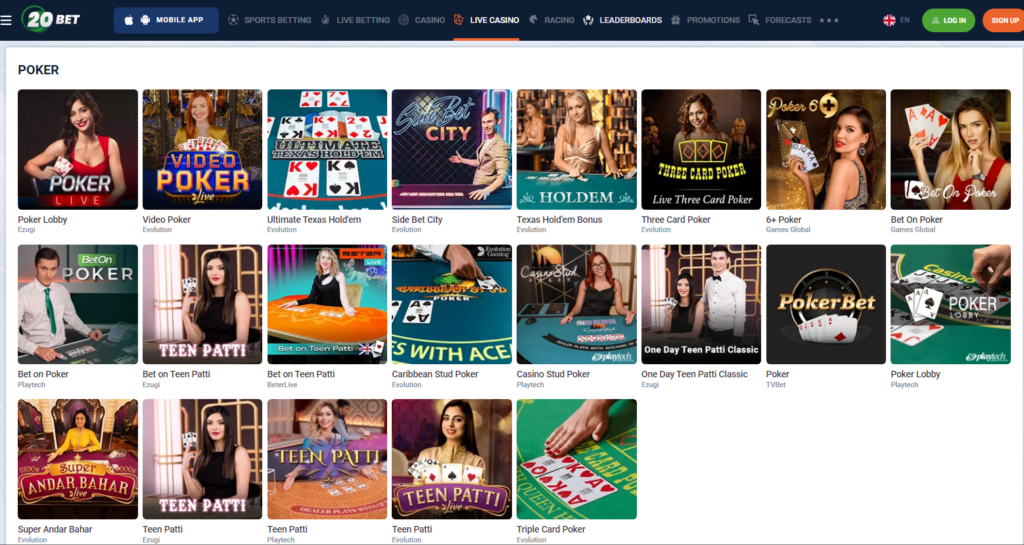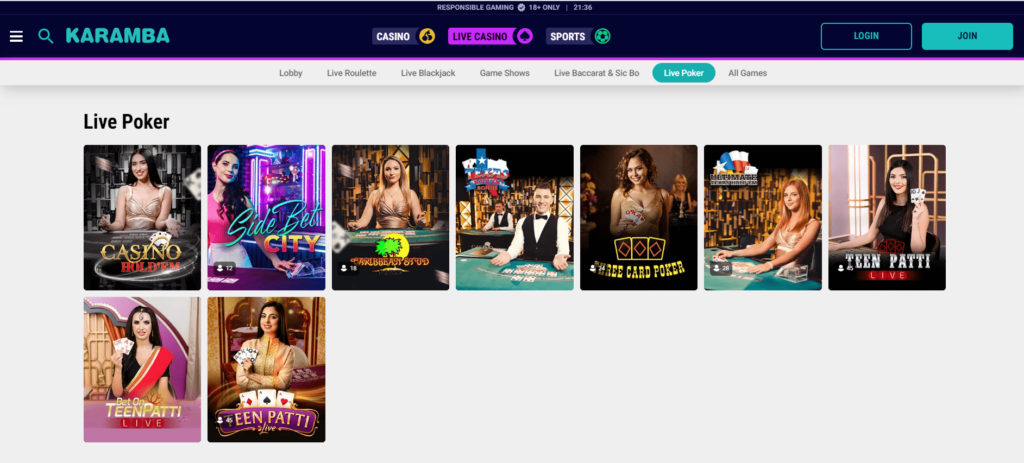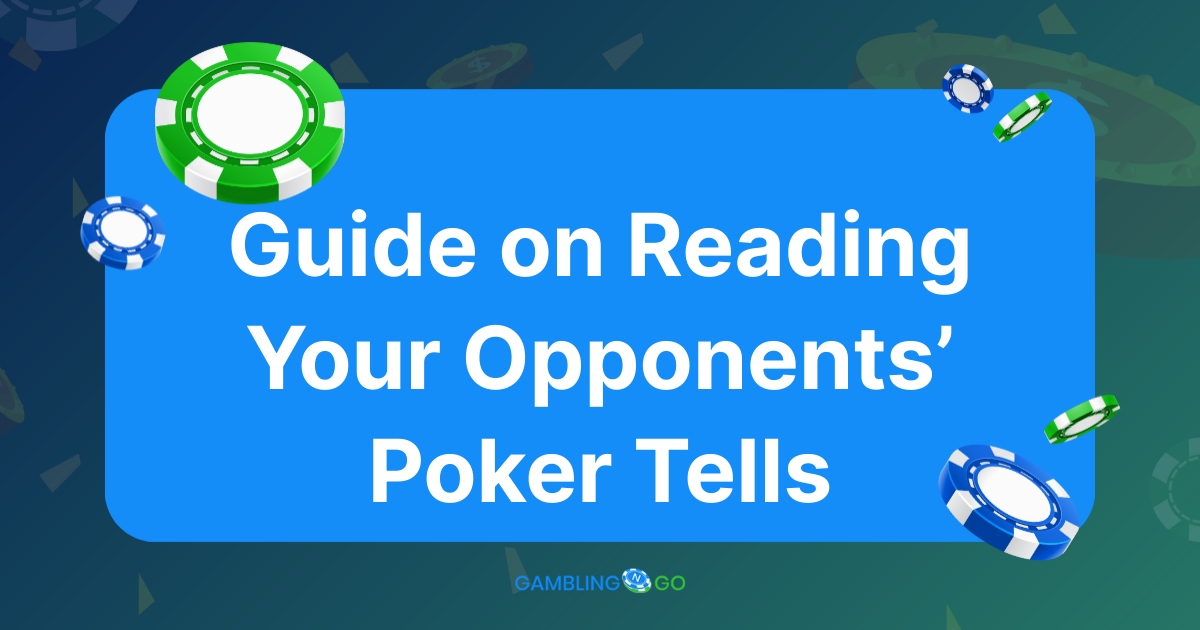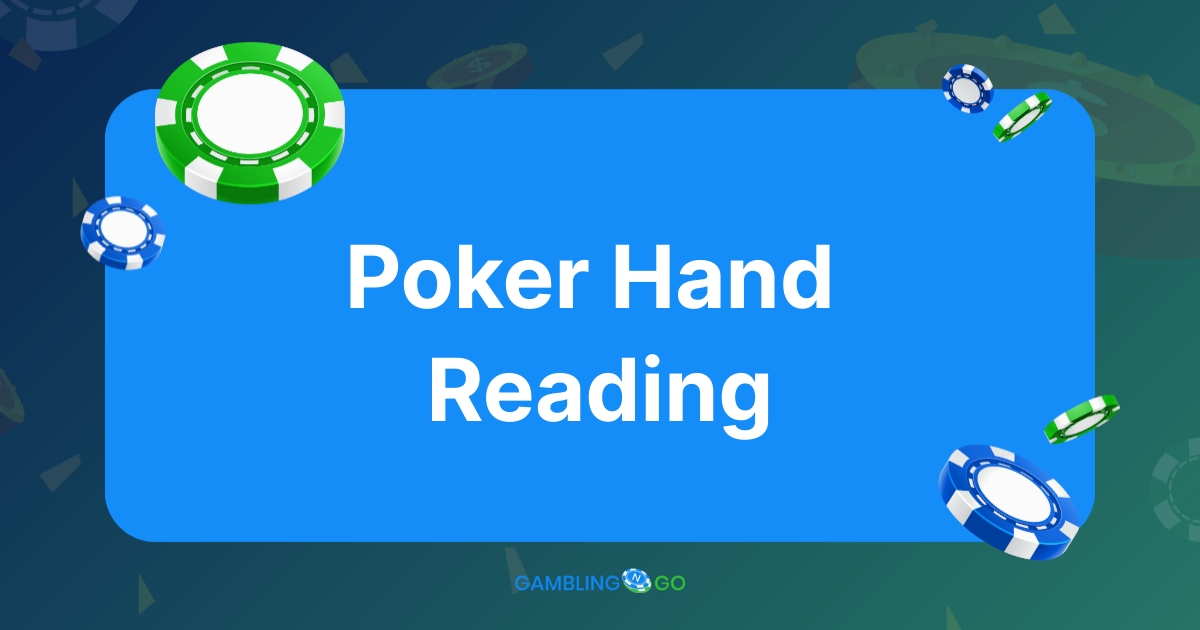There are a definite number of possible starting hands in Texas Hold ‘em poker, which means that your opponents don’t hold anything in their hole hand, but they have a specific hand. You can try to estimate the hand they have, but you have to know what to look for, which is why here our experts discuss poker hand reading. Read as we outline the importance of hand reading, how you can use poker ranges to try and get a sense of the hand they could possibly play, and how to use this to your advantage.
Quick Jump ⇣
Poker Hand Reading: Definition
Poker hand reading refers to identifying the most likely hand your opponent may hold. Because when you play poker, you have incomplete information, and your task is to guess that your opponents may hold and outplay them in the process. Thus, the ability to read your opponent’s poker hand is one of the key skills you can learn when playing poker.
Perhaps hand reading is not the correct term, even though most poker players use it. Instead, it would be best if you focused on establishing a proper poker hand range – it is the set of possible hands you think the opponents may hold.
Credit: 20Bet
Join 20Bet and hone your online poker skills!
Claim your Welcome Bonus Now!Read Poker Hand Using Poker Ranges
There are 1326 pre-flop card combinations in Texas Hold ‘em poker; per the laws of probability, any poker player can have any one of these combinations or the entire range. But when you observe the players and analyze their moves and playing style, you can narrow down the possible hand combinations or narrow the poker hand range.
Establishing a reasonable poker range will help you set up a good poker strategy, and you can use it to narrow down the possible poker hands your opponents have. The ranges are not fixed, and you can never know beforehand the exact hand your opponents start with. Instead, you will need to narrow down the poker range as the game progresses and use the information you glean from the table. If you apply a good strategy, you can narrow the poker range from 100% to about 10%, thus getting valuable insight into your opponent’s poker hand.
Factors to Help You Read Poker Hands
Please remember that you are not making an assumption when you assign poker ranges, but you are making an educated guess on the possible poker hand. Thus, you can practice and refine your skills and use as much info as you can in your favor. Here we list the key factors that can help you read your opponent’s poker hand:
✅ Assign the pre-flop poker ranges
Start first by assigning the pre-flop poker ranges to your opponents. For this, you should consider the player’s playing style and their actions. For example, if you are playing against a tight, aggressive player, you already know they have a very narrow poker range that contains strong pocket pairs or high cards.
✅ Consider player position
Always consider the playing position, as people do different actions when they playing in the other positions. There is a tendency to play tighter when sitting in early positions and play a looser game when playing in late positions.
✅ Look for betting patterns
People are creatures of habit, and they are inclined to perform similar actions in every subsequent game. Thus, you can observe and try to discern betting patterns and use these to draw conclusions and read the player’s poker hand.
✅ Use player tells
Every player has a tell when they play poker; the tell can be physical, verbal, or a change in behavior that indicates their action. The player tells reveal valuable information about the poker hand they are playing with. But noticing what the player tells is also helpful in recognizing when someone is bluffing.
✅ Narrow the ranges at every upcoming street
As the round progresses, you need to narrow down the possible number of hand combinations, i.e., narrow down the poker range. Every street that is dealt will allow you to eliminate more and more hand combinations that the player can’t hold. It will also enable new information that you can then use to eliminate more options and further narrow the poker ranges.
✅ Observe every showdown
The showdown is extremely valuable in getting insight into your player’s poker playing style, but it is also invaluable as it shows you precisely the hand the player played with. Always observe the showdown and note the opponent’s hand. You can then combine it with the rest of the information you’ve gleaned during the game and use it to better read your opponent’s poker hand in the upcoming game.
Credit: Karamba
We invite you to join Karamba and play various poker games!
Claim your Welcome Bonus Now!Top Tips for Better Hand Reading
To help you learn to better read poker hands, we have compiled this list of tips, and we believe these will help you become a more skilled poker player:
- Try to think like your opponents – try to think as your opponents would, and use this to try and read the poker hands
- Use their playing style against them – analyze and recognize every player’s playing style. If you are playing against a loose player, you will know they are unpredictable, and you can use this against them
- Let go of the initial hand range assumptions – don’t stick to the initial hand ranges you’ve assigned, but let these go and narrow them down, as the upcoming streets reveal more cards that your opponents can’t hold
- Analyze past hands – constantly analyze past hands, especially during the showdown, as you will see the actual hand the player held, and you can then use it in subsequent games
- Don’t try to guess the actual hand – guessing the actual hand your opponent holds is impossible, so don’t do this. Instead, assign a range and narrow it down, as it is the only viable way to read the poker hand
- Practice, practice, practice – practice playing poker, and use every tool to your advantage to hone your poker hand reading skills. You can play online at top online casinos and practice your poker skills
FAQs
What is hand reading in poker?
Hand reading in poker is the action of making an educated guess on the possible hand your opponent holds. It is an invaluable skill when playing poker, as it will help you make better predictions and moves, like knowing when to bet, raise, or fold.
How can I improve my hand reading skills in poker?
You can improve your hand reading skills in poker by using poker ranges, analyzing player behavior and past hands, and looking for specific tells.
What is a poker hand range?
The poker hand range is a range of specific hand combinations that you believe your opponent holds at the start of the game. You assign a pre-flop poker hand range and then narrow it down to every upcoming street. From the 100% range pre-game, a good poker player can narrow the poker range to less than 10%, which will give you better poker odds.
What are common tells in poker?
The tells can be visual, verbal, physical, and behavioral. These cues may range from a simple body movement, a touch of a specific body part, ahead movement, eye movement, chip handling, immediate calling or very fast answers, and more. When playing poker online, it is harder to spot tells, as you are not watching your opponents, but there are online poker tells like bet sizing, timing, and changes in the online chat.
How do I implement hand ranges in poker?
You start by assigning a broader poker hand range pre-flop, especially if you are playing against a single opponent. Then, observe your opponent and look for any tells, changes, and cues that will allow you to narrow down the hand range. Look for the cards on every upcoming street, narrow the hand ranges further, and use them to read your opponent’s poker hand.
Can I win at poker consistently?
You can’t win at poker consistently, but you can assume a poker strategy that will tip the winning odds in your favor. For that, we advise you to learn the poker hands and rules, know the odds and outs, master bluffing, and hand reading.
Do professional poker players apply poker hand reading?
Yes, professional players apply poker hand reading, assign hand ranges, calculate hand and pot odds, and use other skills. Many of them have excellent perceptive abilities, and they observe opponents closely and look for tells, and they can narrow down the potential opponent’s hand to a very accurate assumption.















